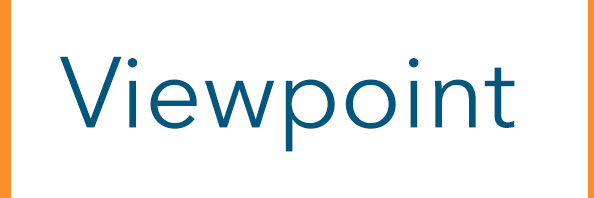Local workforce development is a key obligation of the modern community college. It is also an obligation that can easily backfire if not undertaken with extreme due diligence in balancing the competing interests of industry, politicians and the institutions themselves.

The oversell of Foxconn’s much heralded, and now very scaled back, investment in Wisconsin a mere six years ago should serve as a cautionary tale for those in higher education like several institutions in that state who were quick to jump at the “industry wants it” mantra. While several stories gushed about how the state’s community and technical colleges were quickly reallocating resources to retool in order to meet the expected avalanche of hiring by Foxconn, there are few, if any, stories to be found now about the effects on these institutions and their students, fiscal and reputational, of the Foxconn letdown.
Such a turn of events is neither a commentary on bad faith nor on polarizing politics, but rather simply a reflection on the growing complexity of any modern economy, and the unpredictability which comes with even the best — or perhaps especially the ‘best’ — effort at industry partnerships. Today’s political leaders can no more predict the trajectory of economic growth than today’s public college presidents or workforce agency executives can be certain of what programs will capture the windfall from such growth; believing otherwise is naive.
That does not mean, however, that higher education leaders need to fly blind into economic development activities in the neighborhood. Rather, commonsense would dictate that instead of simply responding in a short-term manner to perceived industry needs, higher education and workforce leaders look at multi-dimensional evidence to help their learners find long-term, sustainable jobs that are not too dependent on a singular set of investment promises.
Due diligence
This effort starts with being more deliberate and cerebral in new academic program development. A simple overview of state labor data is simply not sufficient for such due diligence and is unfair to potential learners who rely on the workforce development agencies and colleges to have done market research that is broad and deep. Such an approach is easier proposed than implemented in an environment where the public relations pressure to look responsive to new industry is high.
Nonetheless, public colleges owe their students and their taxpayer-base such due diligence, and more so when the temptation to take short cuts is high. Ideally, the evidentiary portfolio for the need of a new academic program should be crafted by institutional personnel who are not perceived to directly gain pecuniary or reputational advantages from its potential launch.
Such efforts should certainly include a thoughtful mapping of Standard Occupation Codes (SOC) to proposed Classification of Instructional Program (CIP) codes but not stop there. What about the competitive landscape insofar as other colleges are concerned, especially when arrayed against regional and institutional graduation and/or transfer trends? How do we consider the industry health projections and occupational concentrations in different economic sectors beyond the job outlook? Have we reflected on wage and inflation trends along with automation and offshoring threats? And which geography of operation are we looking at given the migration patterns of those who enter the workforce?
While currently there is no one-stop shop to extract all the data required to do such analysis, there are smart institutional effectiveness personnel on many campuses who have expertise in finding appropriate government and commercial sources, mapping them to the needed answers and creating customized and easy to use decision tools that can produce a compelling and comprehensive case for introducing a new academic program or convincingly recommending against it.
Intentional, informed processes
Even when driven by goodwill and considerations of responsiveness, ad-hocism in the creation of new academic programs is really an imprudent idea and, far more important, has a great potential to damage the trust that learners place in colleges and other training organizations. Further, the potential financial liability of such one-off decisions will be going up exponentially as new federal rules on program financial transparency and gainful employment go into effect in the next fiscal year.
A far better alternative is an institutional process that is decidedly intentional, consistent in its format, easy in its use, and informed by evidence even as it is spurred by external need, while giving confidence to students and taxpayers that their interests are at the center of the crucial decision to start a brand-new academic program.
Business investments and industry needs for workers can and will fluctuate in the world’s greatest economy, and thus the expectations of community and technical colleges as workforce partners will, too. Managing such fluctuations in line with fiduciary responsibilities to students, taxpayers and communities requires that the process of encumbering scarce institutional resources towards new or modified programs be based on a consistent and independently sourced evidentiary framework.
Seemingly exciting industries can come and go based on taxpayer incentives; colleges have a different mission and purpose: being good stewards of stakeholder resources while preparing their students for the future, whatever contours such a future may take.

